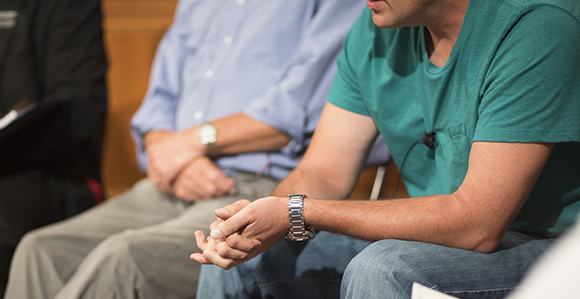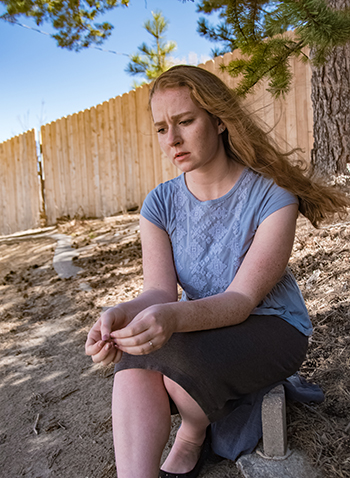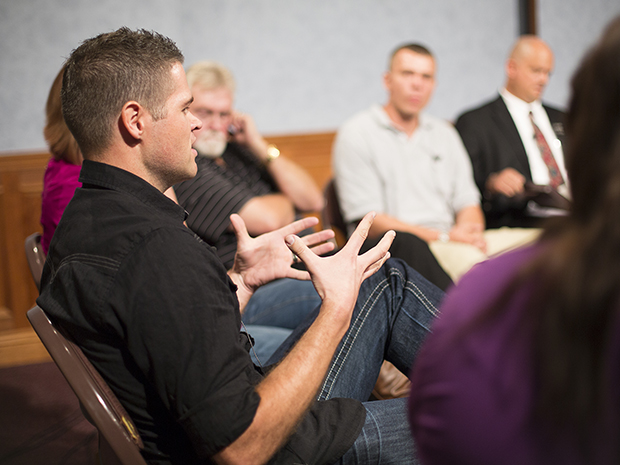How-To Series: Resources for Dealing with Addictive Behavior
Contributed By Ryan Brown, Church News contributor

The Church’s How-To channel on YouTube is publishing animated videos about addiction, adolescent addiction, recovery and support, and more.
Article Highlights
- The Church’s Addiction Recovery Program can help us overcome harmful behaviors and come closer to Christ.
- Through the process of change, we can keep progressing and keep trying.
Related Links
This week, the Church’s How-To channel on YouTube is publishing animated videos about addiction, adolescent addiction, recovery and support, and more.
Many people around the world struggle to resist temptations of many kinds. Some can even rise to the level of addiction. Whether it’s a friend or loved one who has struggled deeply, or even ourselves, addictions and compulsive behaviors can make us feel powerless.
Through the Church’s Addiction Recovery Program, we can find support as we work to overcome harmful behaviors and come closer to Christ.
You can view the playlist “Addiction: Understanding Destructive Behaviors” to see all the videos. Below are highlights from several of the videos.
What is addiction?
Addictive behaviors can result from personal decisions, biological makeup, the family we grow up in, and even peer pressure and the kinds of people we associate with. Different people even have different ideas and experiences with what addiction is and how it feels.
The video “How To—Understand and Overcome Addiction” shows that overcoming an addiction is not just a matter of stopping the behavior.
Addiction is much more nuanced and broader than many people think and includes finding help and learning what led you to that behavior in the first place.
Adolescent addiction

Watching for signs like acting isolated, angry, withdrawn, depressed, or secretive can help you take steps to talk with your loved one about their behavior, understand what they might be experiencing, and get the loved one help.
Addictive behavior for most typically starts before the age of 20. This is when the adolescent brain is still developing and hasn’t yet developed safeguards. Teenagers are more likely to take risks than adults and are often trying to discover their identity, which can lead to risky behaviors.
It’s important to know that use of a substance or a potentially addictive behavior does not make an addiction. These substances and behaviors can develop into addictions, but it’s best to catch problematic behavior early on.
Signs of addictive behavior
The video “How To—Recognize Teen Substance Abuse: 12 Steps to Change” lists some signs of a substance abuse or addictive behavior:
- Acting isolated, angry, withdrawn, depressed
- Uncharacteristically skipping class
- Falling grades
- Being secretive about new friends
- Family members missing money, valuables, or prescriptions
The presence of one of these by itself does not indicate a person may have an addiction, nor does the combination necessarily indicate an addiction. However, these signs can help you take steps to talk with your loved one about their behavior, understand what they might be experiencing, and get the loved one help.
Why is it hard to recover?
In the video “How To—Have a Balanced Recovery from Addiction: 12 Steps to Change” the process of change is compared to a three-legged stool: it involves the body, mind, and spirit. If we miss one of these aspects, it would be like removing a leg from a three-legged stool, which makes balancing impossible.
Many who are working to experience recovery from an addiction or compulsive behavior relapse or slip up. This can lead to anger, shame, guilt, and depression. However, when this happens, we can start again and keep working toward recovery. There is no single method, formula, or program that leads to recovery and healing for every person. Each person’s reasons for their behavior are different, and each person’s recovery will take shape individually.
Beginning the process of recovery
The following are helpful ideas to begin the process of recovery:
- Pray to Heavenly Father for strength.
- Strengthen your trust in Jesus Christ.
- Be honest with yourself that you have a problem.
- Discover what is at the root of the problem.
- Find what works for you, such as attending support groups or keeping a journal of your progress.
- Talk to someone you trust, such as a spouse, a good friend, or a family member, about your struggles.
- Get help from a medical doctor or mental health counselor.
- Work through relapses or setbacks.
- Work through the 12 steps.
- Attend local recovery support groups.

One helpful idea to begin the process of recovery is to attend support groups. Keeping a journal of your progress, praying, and being honest with yourself that you have a problem are also important.
Through the process of change, we can keep progressing and keep trying. Our Father in Heaven can help us and our loved ones overcome addiction and other harmful behaviors.
“Our faith in the Lord Jesus Christ is the source of spiritual power that will give you and me the assurance that we have nothing to fear from the journey,” said President M. Russell Ballard (“You Have Nothing to Fear from the Journey,” Apr. 1997 general conference).
To watch the video series and other helpful playlists and videos, visit howto.ChurchofJesusChrist.org.
